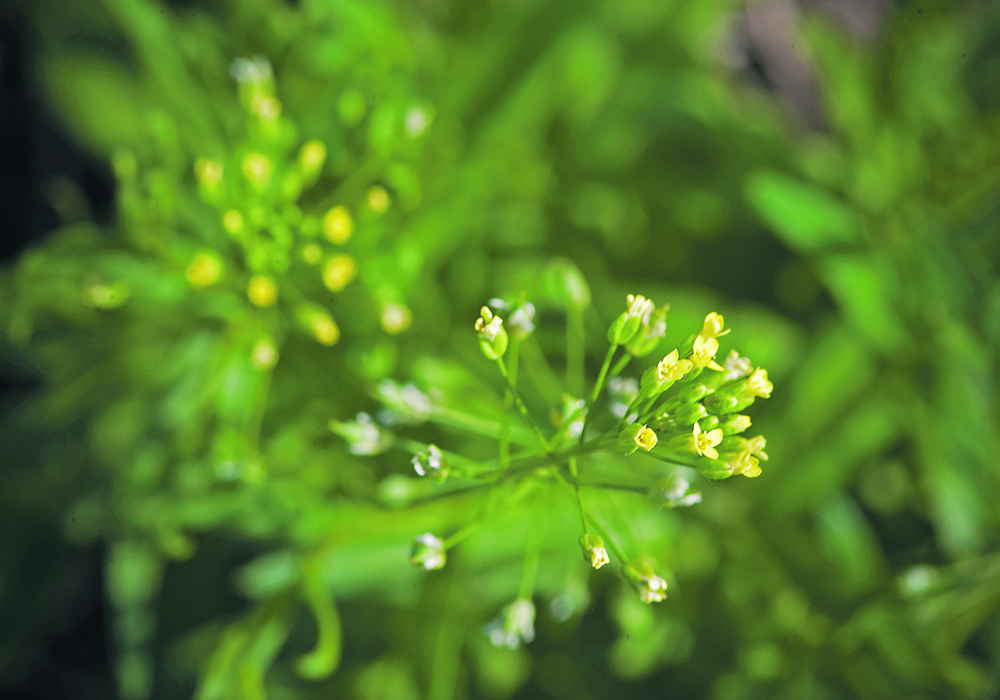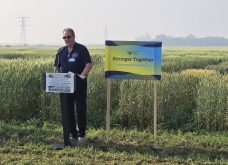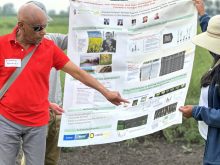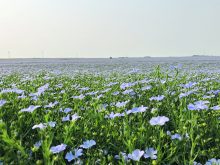The Diverse Field Crops Cluster supports research into camelina, flax, carinata, mustard and sunflower production
WINNIPEG — The federal government is investing $8.1 million to develop and improve oilseed crops that are alternatives to canola.
In late May, the feds announced funding for the Diverse Field Crops Cluster, which supports research into camelina, flax, carinata, mustard and sunflowers.
Related stories:
Commodity groups on the Prairies and companies developing those crops are also investing $6 million into the cluster, taking the total investment to nearly $15 million.
Read Also

Gene editing digs deeper space in Canadian plant breeding
More Canadian research into crop variety development is incorporating gene editing, and one researcher notes that Canada’s regulatory approach to gene editing will help drive innovation
Lawrence MacAulay, Canada’s agriculture minister, made it clear that a key focus of the research will be greenhouse gas emissions from crop production.
“There is no doubt that our farmers are among the first to feel the impacts of climate change. That’s exactly why we’re supporting this important research to increase the yield and profitability of diverse field crops and make the sector more resilient.”
Oilseeds such as carinata and camelina have been promoted for years as alternatives to canola in regions of the Prairies with drier conditions, such as the brown soil zone in southern Saskatchewan.
“It (camelina) is targeted for those areas that you cannot get your canola to perform and we’re seeing more and more of those areas, especially in the last four or five years, because we’ve been in a drought cycle,” Carlene Sarvas, production lead with Smart Earth Camelina Corp., said in 2023.
However, camelina and carinata have struggled to capture acres on the Prairies. Camelina acres, for instance, have been around 5,000 to 20,000 for years. Part of the problem has been strong prices for canola, which has traded above $600 per tonne since 2020.
The Diverse Crops Field Cluster is hoping to make alternative oilseeds more competitive and improve the resiliency of crop production in Western Canada.
“Crops that are more tolerant to water and heat stress can reduce greenhouse gases and increase carbon sequestration. Diverse crops can also provide value-added products, contributing to economic growth and development,” says a release from Ag-West Bio, which is leading the research cluster.
Part of the funding will be used to “benchmark” the greenhouse gas emissions from crops such as camelina and carinata. The federal government has set a target of cutting greenhouse gas emissions from nitrogen fertilizer by 30 per cent by 2030.
Canola requires a substantial amount of nitrogen fertilizer, so more acres of alternative oilseeds could, in theory, reduce emissions from cropland in Western Canada.
The $15 million for the Diverse Field Crops Cluster is the second round of funding for research into rotational crops.
The feds and industry partners created the cluster in 2019.
















